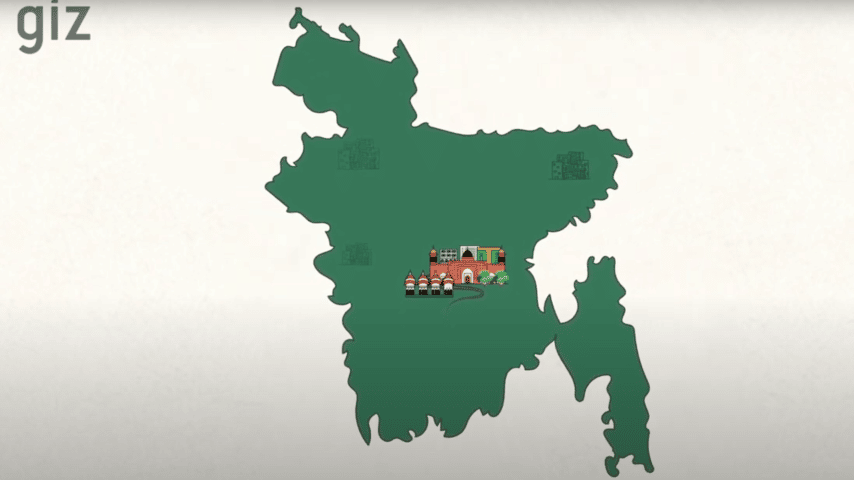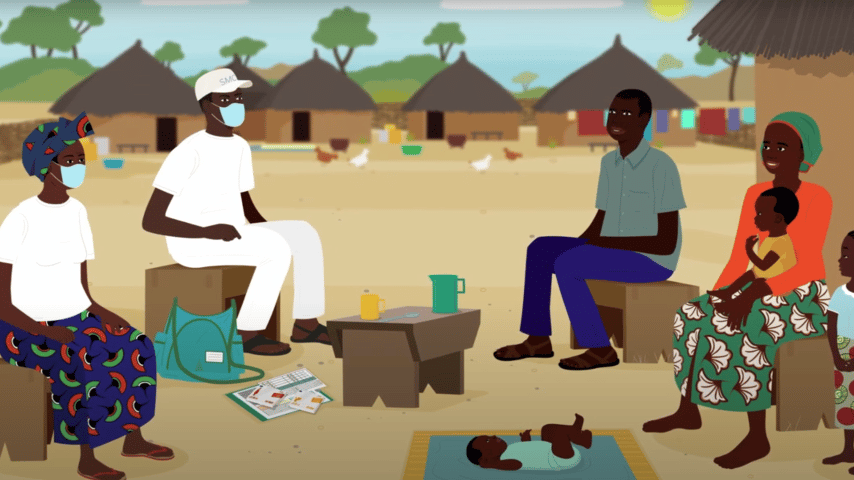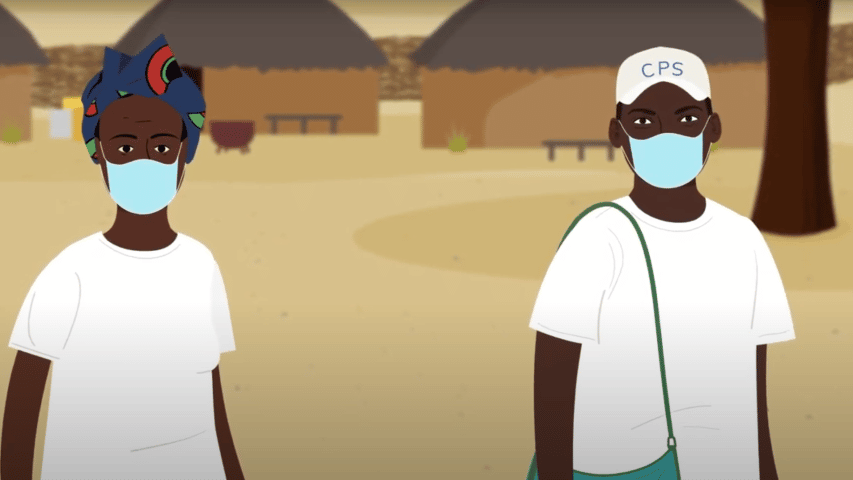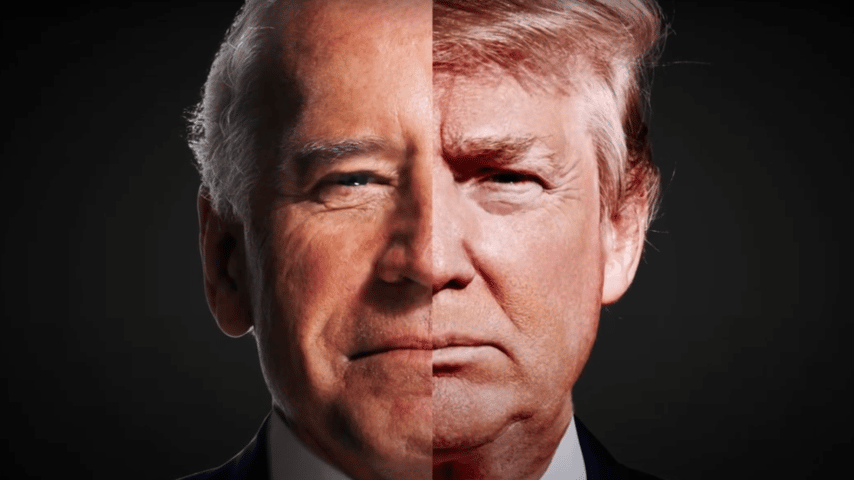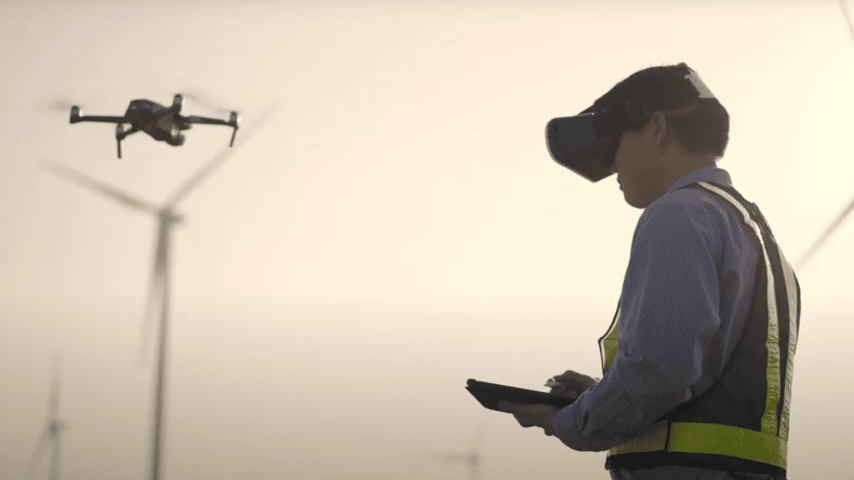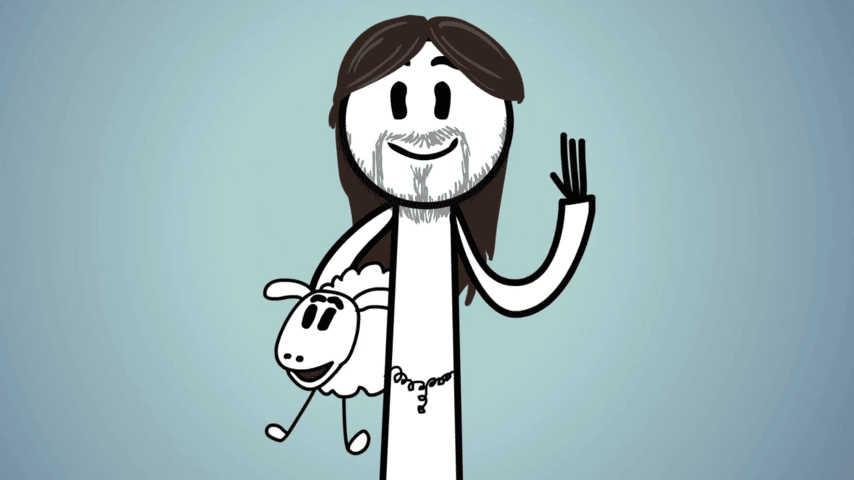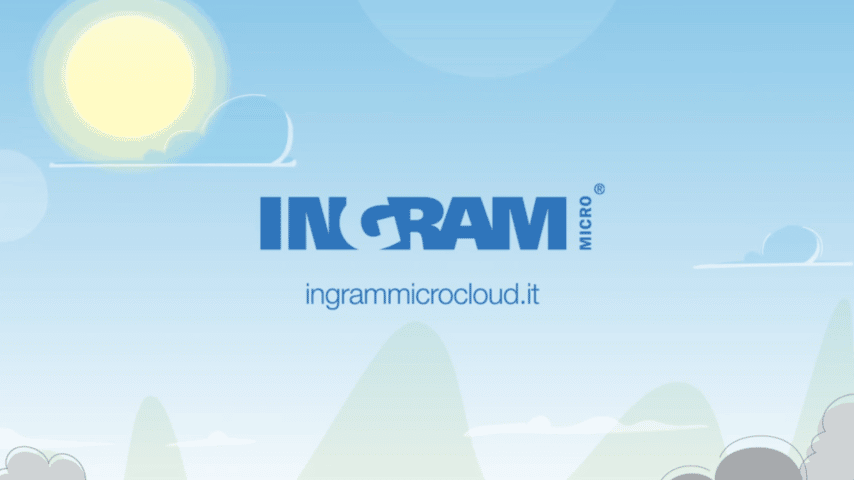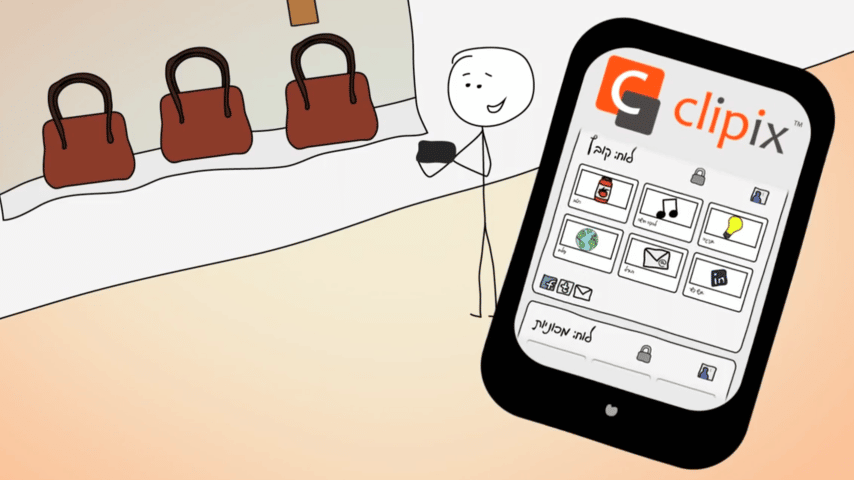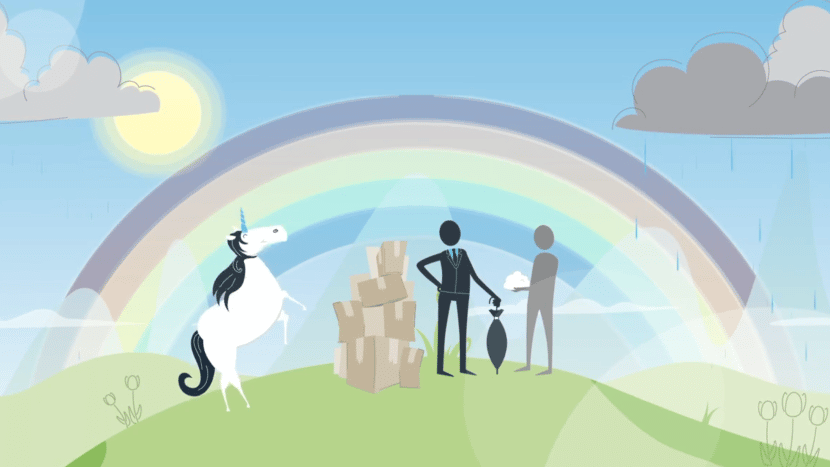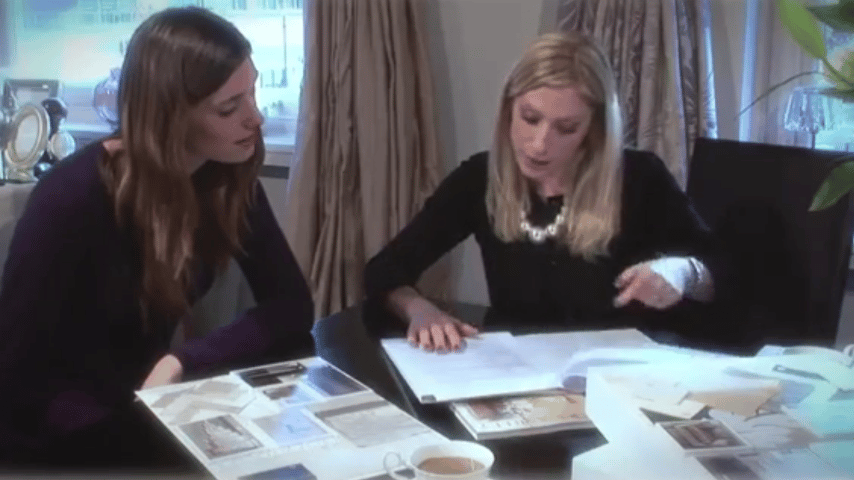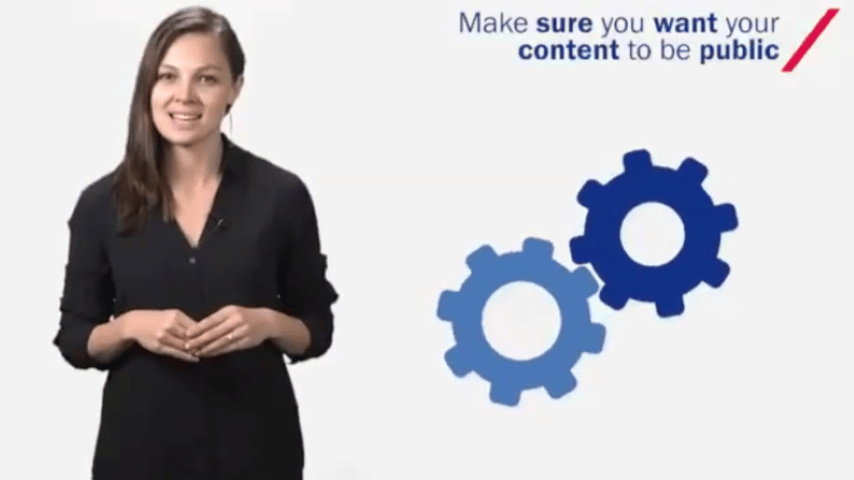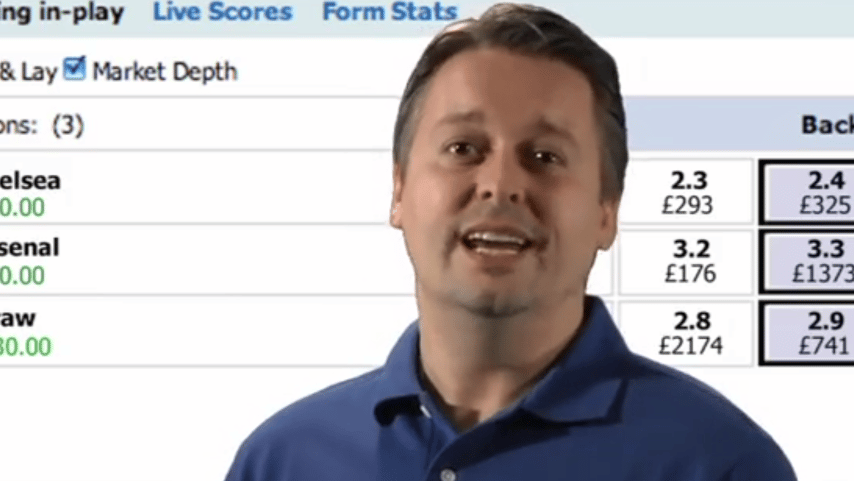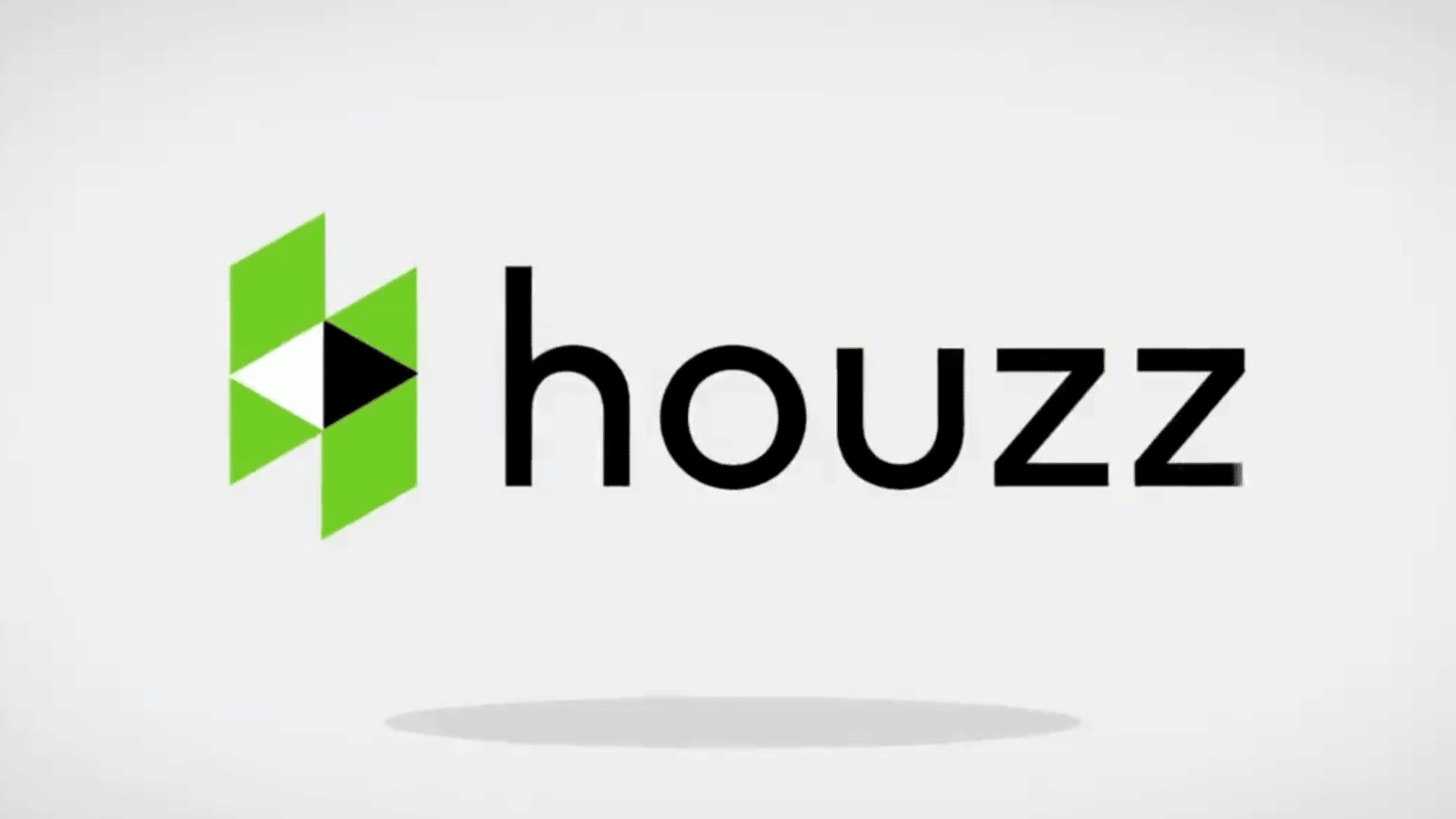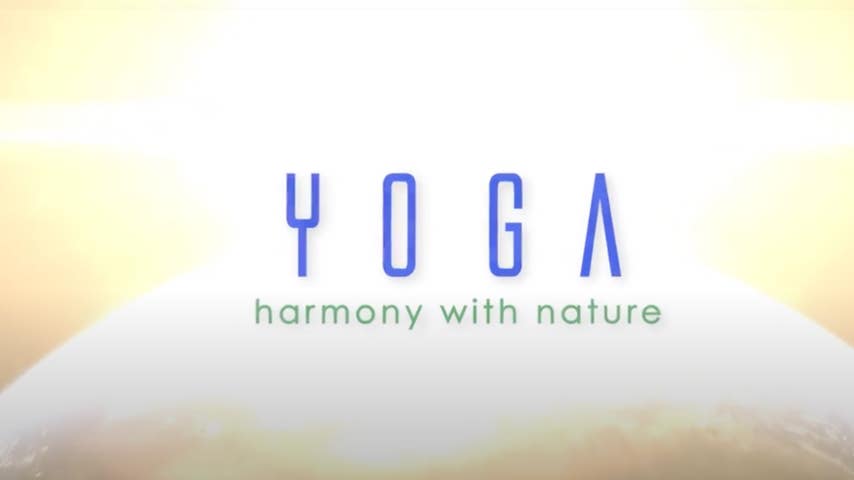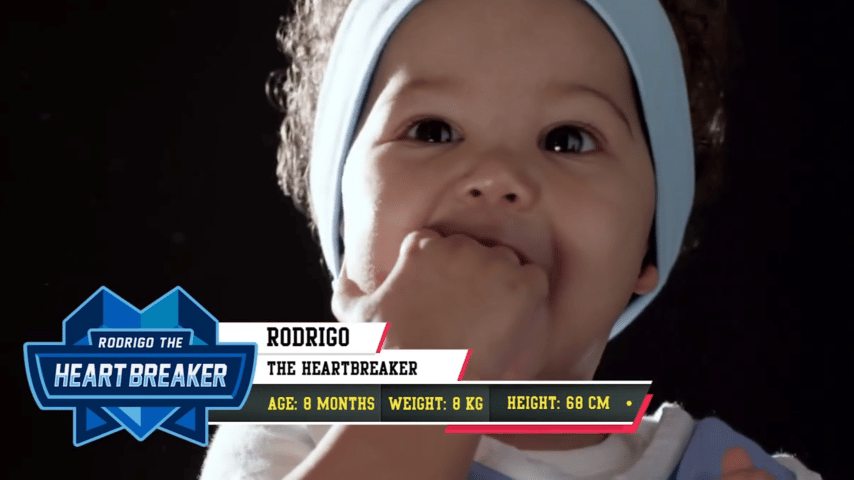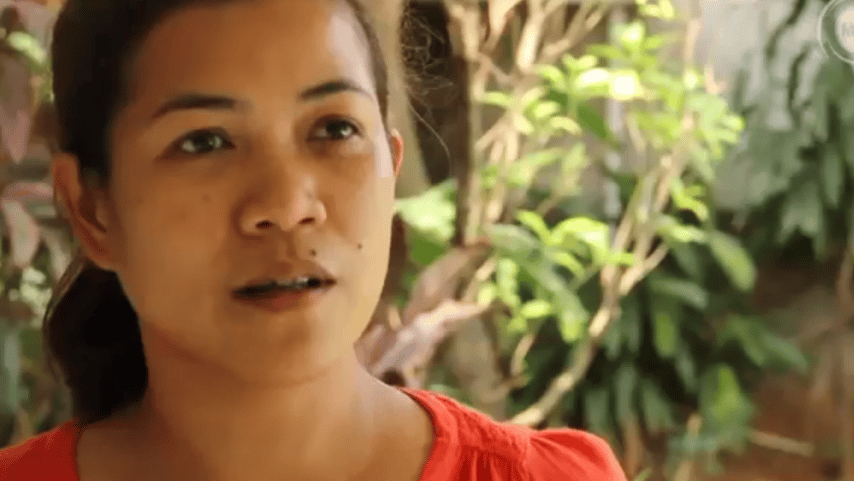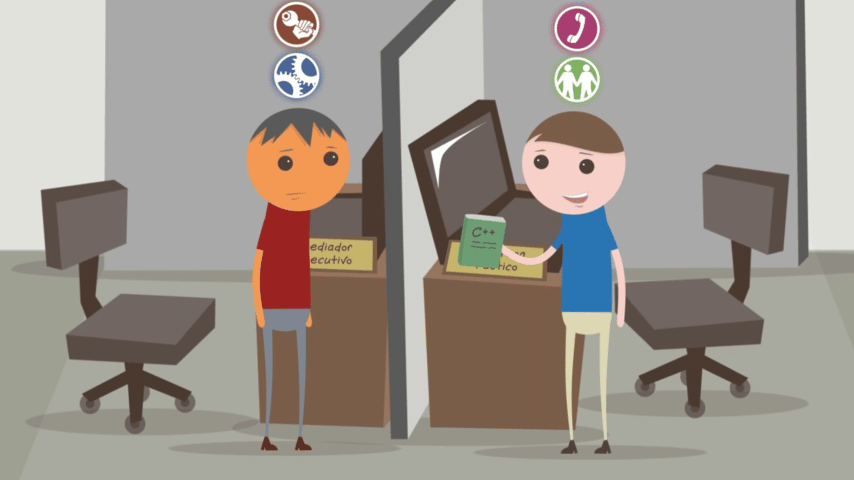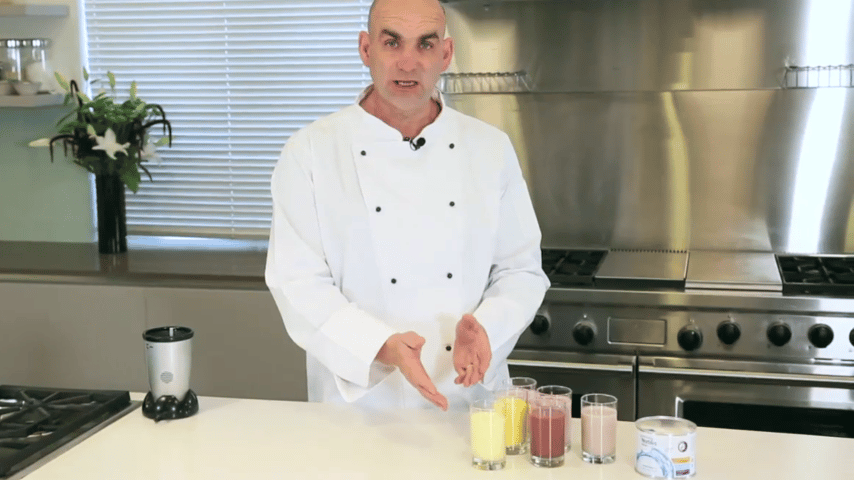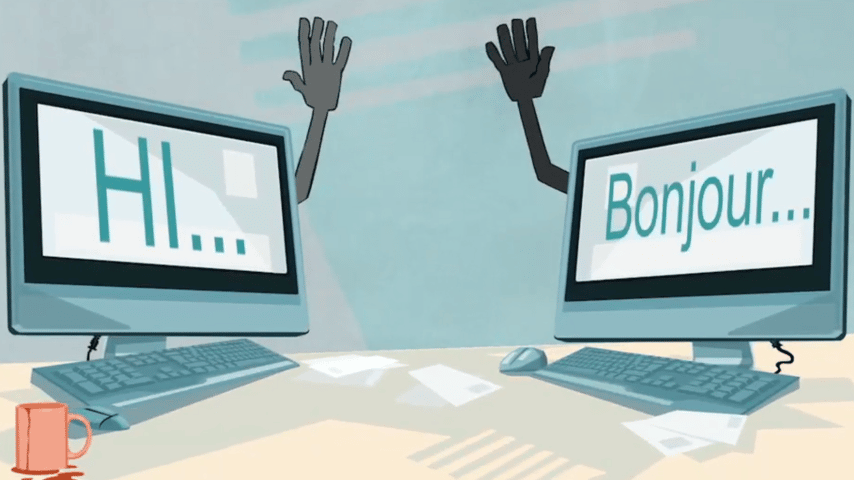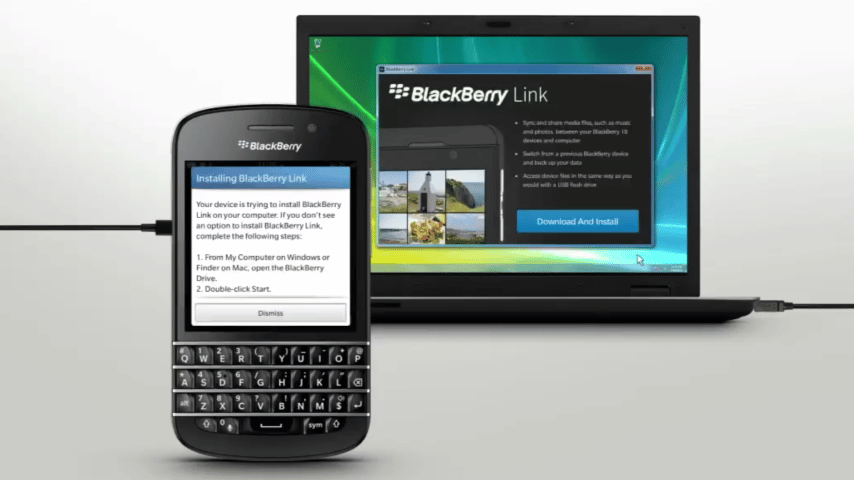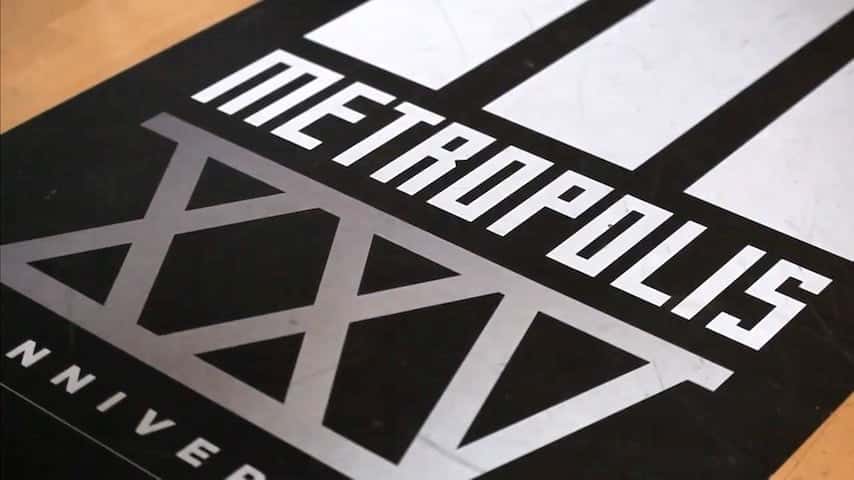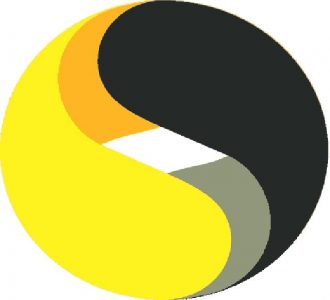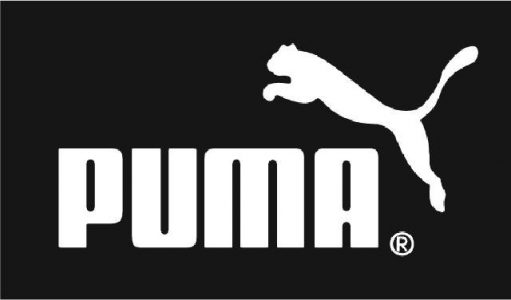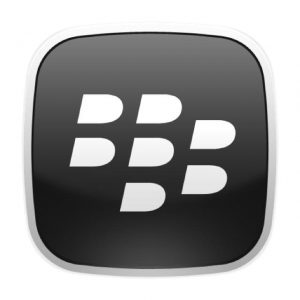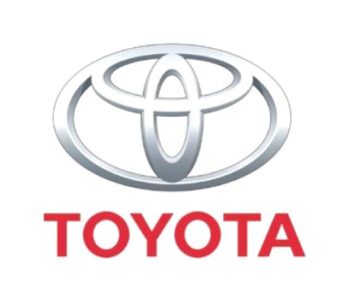What kind of Dutch Voice Over are you looking for?
Learn more about Dutch Voice Over Services
Application of Dutch Voice Over in Audiovisual Content
Narrative Authenticity: Delivering stories and messages in Dutch ensures that the narrative feels genuine and engaging for Dutch-speaking viewers. This authenticity helps audiences connect more deeply with the content, as they hear their native language spoken naturally and fluently.
Cultural Relevance: A voice actor who understands the cultural context can deliver content in a way that feels natural and relevant. This helps create an immersive experience, as the audience can relate to the cultural nuances and expressions used in the dialogue.
Audience Engagement: Hearing their native language in audiovisual content boosts viewers’ engagement and enjoyment. They are more likely to connect with the story and its characters, leading to a memorable and impactful viewing experience. Using Dutch also helps maintain the professional and artistic quality of the original content, ensuring it resonates well with Dutch-speaking audiences.
Market Reach: Incorporating Dutch voice overs can significantly expand your content’s reach, making it accessible to a vast audience within the Netherlands, Belgium, and other Dutch-speaking regions. Additionally, it can appeal to Afrikaans-speaking audiences who find Dutch content accessible due to the linguistic similarities.
The Importance of Dutch

Dutch is a West Germanic language with deep cultural and historical roots in Europe. It is the primary language in the Netherlands and one of the official languages in Belgium, specifically in the Flanders region. Dutch is also spoken in Suriname, a former Dutch colony in South America, and by Dutch-speaking communities in the Caribbean and around the world. The economic and cultural influence of Dutch-speaking regions makes Dutch a strategic choice for voice overs, ensuring that your content appeals to a broad and engaged audience.
Did you know?
Dutch has a close linguistic relationship with Afrikaans, a language spoken in South Africa and Namibia. Afrikaans developed from Dutch dialects spoken by settlers in the Cape Colony during the 17th century. While the two languages are distinct today, they share many similarities in vocabulary and grammar, making them mutually intelligible to some extent. This linguistic connection can be particularly valuable when targeting audiences in both Dutch-speaking and Afrikaans-speaking regions.
Finding professional voice actors for your projects
- E-Learning Voice Over
- Audiobook Narrators
- Commercial Voice Over
- Corporate Voice Over
- Movie Trailer Voice Over
- Video Game Voice Over
- Radio Ads Voice Over
- IVR Voice Over
- Documentary Voice Over
Our Latest Voice Over Case Studies
What our happy customers say
Nicola
English UK Voice Over Talent
Philippa Strandberg-Long
Deputy Course Leader - Acting, Italia Conti
Josie Gallo
Content Co-ordinator at Medical Aid Films
Stefanie Smith
Producer at Education First
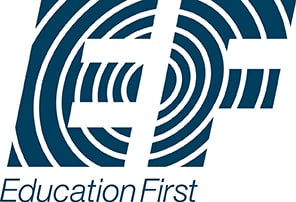
Adam Ruddick
Head of Production at Casual Films
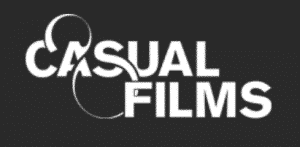
Jonathan Lapps
Account Manager at Epipheo
Frequently Asked Questions
Selecting the right Dutch voice talent is crucial for a successful project. Factors to consider include the talent’s voice style, tone, gender, and regional accent, ensuring alignment with your project’s goals and target audience. Our diverse pool of Dutch voice artists allows you to find the perfect match.
What types of projects benefit from Dutch Voice Over services?
Dutch Voice Over services benefit a wide range of projects, including commercials, e-learning modules, documentaries, video games, and more. Any content aiming to connect with a Dutch-speaking audience can enhance its impact through professional voice narration.
Hiring a Dutch Voice Over artist from GoLocalise is easy. Simply provide us with your project details, including script and preferences, and we’ll suggest suitable talents. Once you make your selection, we’ll handle the recording, editing, and delivery, ensuring a hassle-free experience for you.
The project duration depends on factors such as script length, complexity, and talent availability. However, we work efficiently to meet your deadlines. We’ll provide you with a clear timeline before starting the project.
Yes, we understand that revisions may be necessary. We offer a reasonable number of revisions to ensure your satisfaction. However, script changes may incur additional costs.
We can translate content from various languages into Dutch for Voice Over services. Common source languages include English, Spanish, French, and many more. Let us know your specific language requirements, and we’ll handle the translation and recording.
Yes, we offer comprehensive services beyond Voice Over, including subtitles and dubbing. If you need to adapt your content for the Dutch-speaking audience fully, we can assist with subtitles, dubbing, and more.
Getting started is easy. Simply contact us with your project details, and our team will guide you through the process. We’ll discuss your requirements, provide a quote, and ensure a seamless experience from start to finish.

